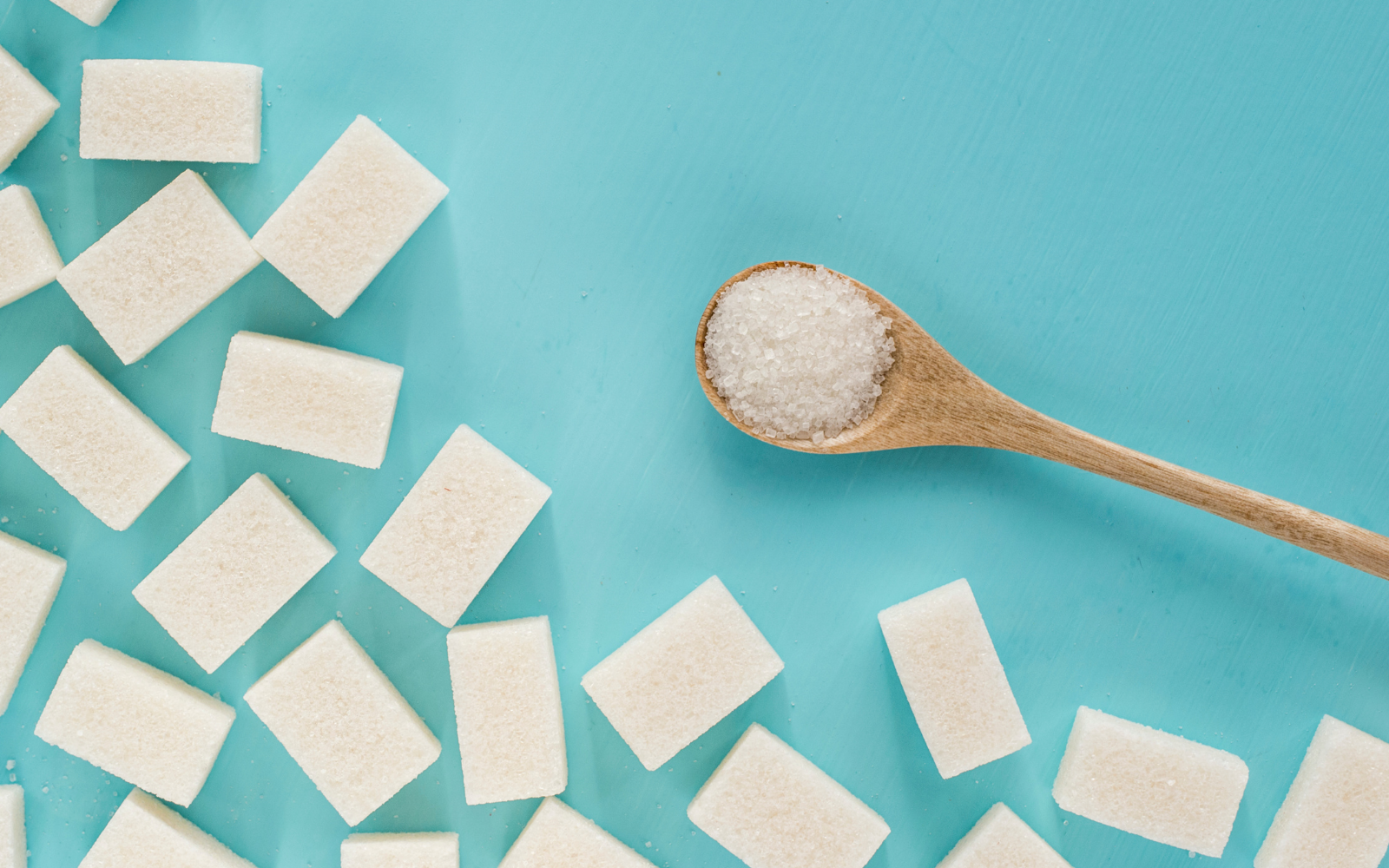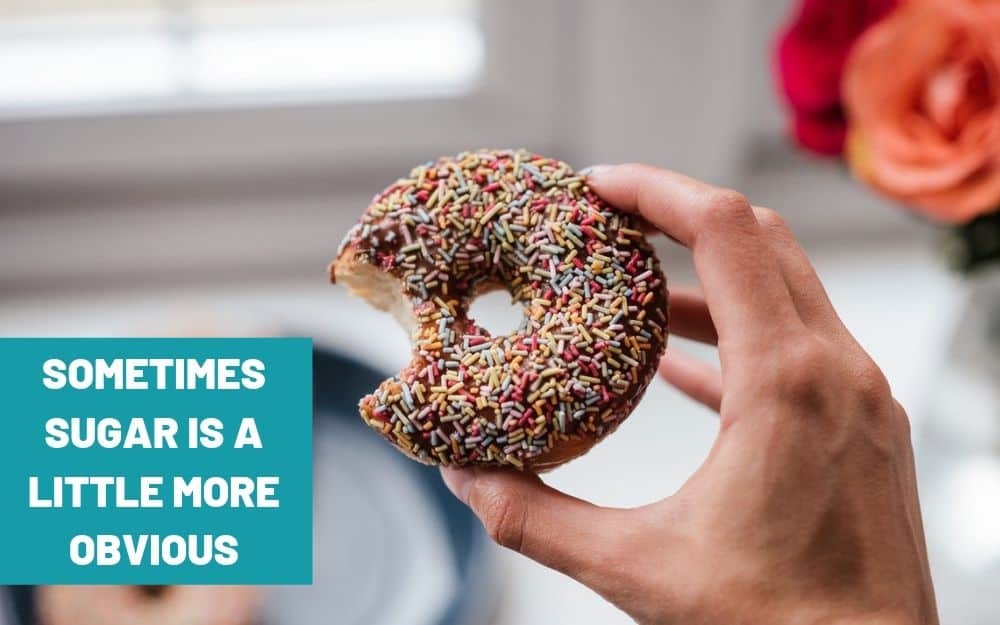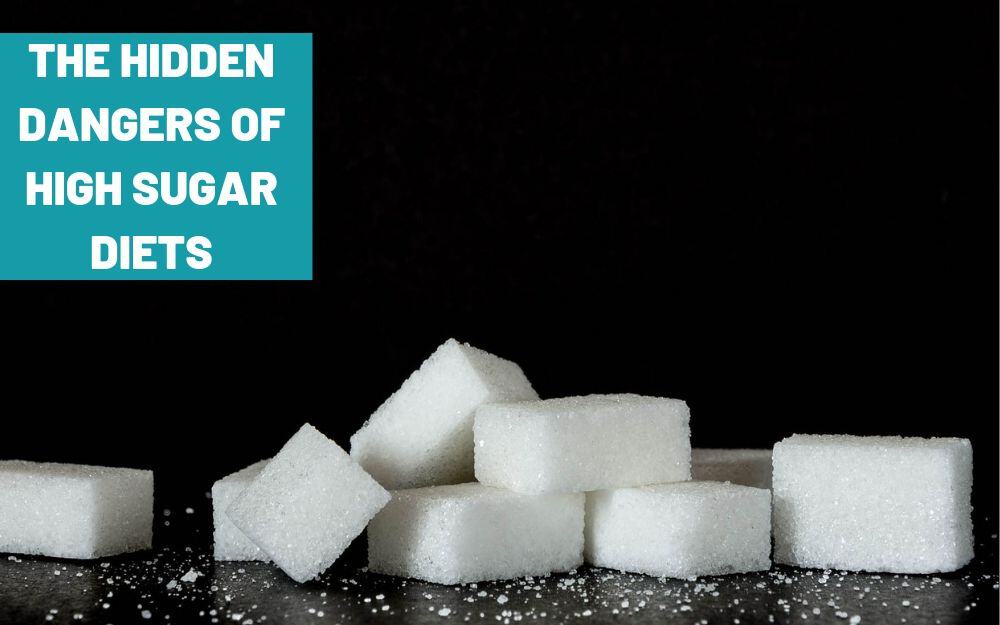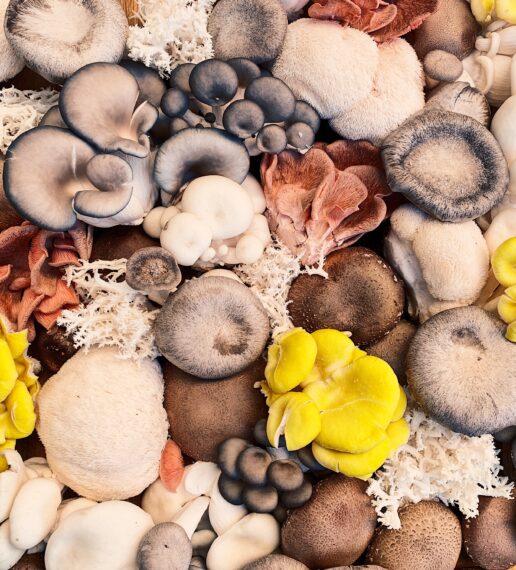Sugar Detox: The Bitter Truth About Sugar Addiction & How To Beat It

No matter what food you eat these days, there’s a good chance added sugar is lurking within.
According to the U.S. Department of Health and Human Services, sugar is the most popular ingredient added to foods.
What’s more, the average American consumes almost 152 pounds of sugar per year. That’s the equivalent of three pounds (or six cups) of sugar per week! (1)
Clearly, it’s time for a sugar detox.
What Is Added Sugar?
As its name suggests, added sugar doesn’t occur naturally in food—it’s added to it. Even if you follow a relatively healthy diet and don’t eat lots of sugary foods like cookies, cakes, donuts, and ice cream, the truth is that your sugar intake might be higher than you think.
That’s because added sugar is hidden in most processed foods including those that aren’t even sweet—condiments, salad dressings, breads, deli meats, potato chips, and some protein bars.
As such, many people are addicted to sugar and don’t even realize it.

What’s the Best Way to Do a Sugar Detox?
The answer depends on who you ask. While many suggest going cold turkey is the way to go, other nutritionists suggest it’s best to gradually cut out sugar from your diet.
There’s no one-size-fits-all answer, so talk to your doctor, dietician, or nutritionist before starting a sugar detox.

The Dangers of Added Sugar
Poor dental health, diabetes (5), high blood pressure (6), low energy levels (7), coronary heart disease (8), inflammation (9, 10), increased risk of depression (11), and even Alzheimer’s disease (12) are just some of the life-altering effects that high sugar consumption can wreak on your immune system.
And, as research has shown, whether it’s fructose, high-fructose corn syrup, glucose, or sucrose, all contribute to subclinical inflammation, which in turn can negatively impact your immune system. (13) While the link between sugar and chronic health conditions such as obesity remains a hotly debated subject (14), the bottom line is that too much sugar is simply that—too much.
The Sugar Detox: 8 Tips to Kick the Habit
Whether you’re doing a 3-day sugar detox or a 10-day sugar detox diet, the goal is the same: Eliminate added sugar from your diet.
Research has shown that the best way to break an old habit is by replacing it with a new one that is healthier and sustainable.
Here are some helpful tips to incorporate into your eating habits so you can successfully get rid of added sugar in your diet.
1. Don’t drink soda.
Same goes for fruit juices. Instead of sweetened beverages, drink lots of water as you will need to be well hydrated to deal with sugar withdrawal symptoms such as headache and fatigue. Also, don’t be fooled by sugar-free sodas—as you’ve learned, artificial sweeteners and even natural sugar substitutes aren’t any better. (2, 3)
2. Eat more protein
Eating protein with every meal will help maintain your energy levels and keep you feeling fuller longer.
Opt for lean proteins such as chicken and fish, as well as plant-based proteins like tofu and tempeh. Check out our guide to more high-protein breakfast ideas.
3. Eat more healthy fats
Like protein, healthy fats such as those found in avocados, olive oil, chia seeds, salmon, and nuts will keep you satiated longer (15) and help curb sugar cravings.
4. Eat your veggies
Load up on non-starchy veggies such as dark, leafy greens, cruciferous vegetables (broccoli, kale, collards), mushrooms, onions, asparagus, eggplant, artichokes, bell peppers, garlic, and onion.
FYI, substituting mushrooms for meat offers the same satiation and can also help with weight loss.
5. Eat high-fiber foods
Given that dietary fiber helps regulate blood sugar levels (16), it may also help curb sugar cravings while minimizing sugar withdrawal symptoms such as headache and nausea.
Choose beans, legumes, and high-fiber veggies such as artichokes, broccoli, and Brussels sprouts.
6. Eat low-sugar fresh fruit
Since dried fruit often has added sugar, it’s best to keep it at bay. Opt for low-sugar fruits such as strawberries, raspberries, blackberries, and monk fruit (which has zero grams of sugar). Plus, when you eat whole fresh fruit, you get the added benefit of fiber.
7. Exercise frequently
We all know that regular exercise is an important part of an overall healthy lifestyle and it certainly helps when detoxing from sugar.
Not only does exercise reduce stress, but a 2015 study found that short bouts of physical activity reduced sugary food cravings. (17)
8. Try dark chocolate
Although it can taste quite bitter to the untrained palate, dark chocolate can offer just enough sweetness to curb your sugar cravings—and it’s rich in flavonoids that are good for your health.(18)
Opt for pure dark chocolate that’s at least 70% cacao content and has no added sugar. Another bonus of dark chocolate is that because it’s not very sweet, you’ll end up eating far less than if you had a milk chocolate bar.
Life Can Be Sweet (Without Added Sugar)
Whether you have a “sweet tooth” or simply want to prevent future health problems related to eating too much sugar, a sugar detox can help you feel great.
Even though added sugar is hidden in so many foods today, it’s possible to get rid of it in your daily diet. Understanding the many names of sugar, reading food labels, and finding replacements that suit your own tastes will ensure you don’t feel deprived and can sustain your new eating habits for a healthier, happier you.

